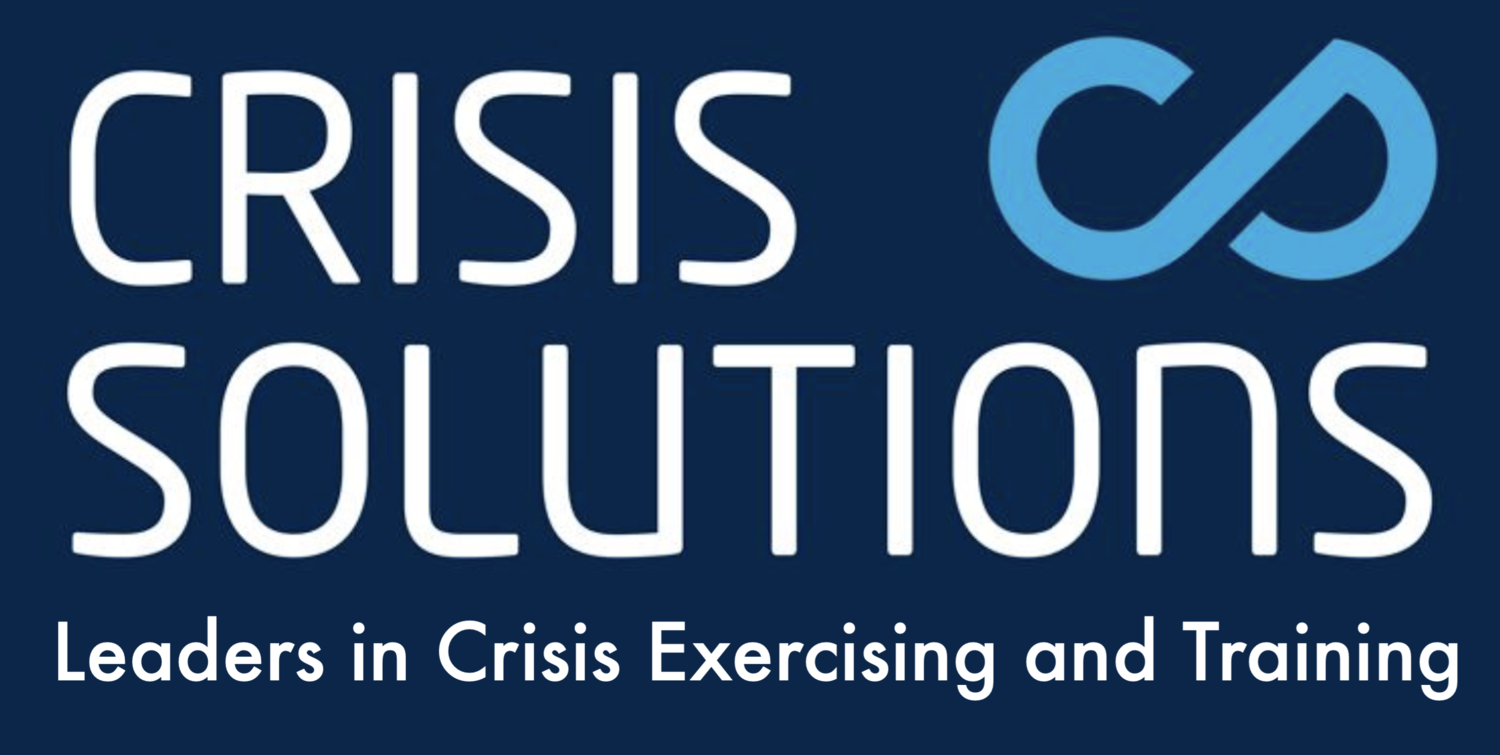ACID Test part 4: Decision-Making
I’m often amazed at how many crisis teams believe that the key to managing a crisis successfully is the ability to react quickly and decisively. Clearly a team can’t afford to prevaricate in a crisis - and it is tempting to wait for the perfect picture to emerge before making a decision. But, as we know, a crisis isn’t business as usual. Decisions need to be made without all the information.
Image thanks to Brett Jordan on Unsplash
I’ve discussed in previous blogs tools that can help provide some structure around the information-management and decision-making process, but one concept that appears to have been adopted by pretty much all the organisations we work with is that of ‘strategic intent’ or ‘strategic objective’. The strategic objective should be a single phrase that encapsulates what the senior crisis team is looking to achieve in the resolution of the crisis. We sometimes refer to it as ‘What does ‘good’ look like?’
It might be something like:
“To recover the business to 75% capacity by Monday morning, without compromising the health and safety of our employees”.
Setting the strategic objective should be one of the first things the team does - certainly before they start brainstorming any solutions. And it should be communicated widely throughout the organisation. This means everyone can support the recovery without having to ask too many questions of the crisis management team.
The strategic objective should focus activity and provide clear, useful guidance to everyone involved in the recovery effort. So it’s best to avoid well-meaning generalisations such as “to ensure the safety of all staff and customers” or “to protect the reputation of the organisation” - that’s more of a mission statement than a strategic objective to focus recovery efforts. To be really meaningful the strategic objective should be recovery-focussed and indicate a timescale. Then it provides a powerful reference point to aid a rapid and effective recovery.

